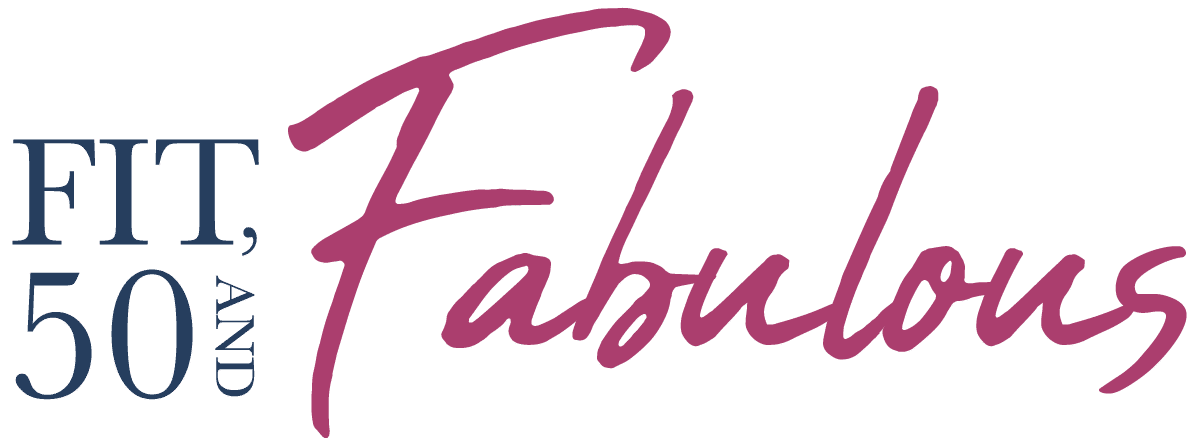It’s hard to believe, but in counting back on the calendar, I’ve realized that I’ve just completed my 8th week of physical therapy from my ACL surgery back in November. Now the real work to rebuild my quad and leg strength begins.
Progress to Date
The good news is I’m progressing well. I’ve regained a lot of my mobility, and with that – freedom. For one, I can drive again, which is a huge deal. Secondly, I no longer have to wear the leg brace, which means I can wear real clothes again. This is important because for months I’ve been living in stretchy clothes, which always fit. Imagine how thrilled I was when I put on a pair of jeans and they fit. It also makes sleeping a little more comfortable.
Regaining Quad Strength
My quad strength and mobility aren’t the greatest, which my surgeon pointed out when I had my follow-up visit with him. That’s not to say I’m not doing well. I am. In fact, he said I’m right where he expected me to be…. for my age.
(Sigh) Yes – that’s the bad news. Age is a factor in recovery and not one I can control. That’s kind of a bitter pill for me to swallow because I’ve spent a good amount of time and effort trying to keep myself healthy, strong, and mobile. I guess I should look on the bright side and acknowledge that hard work has helped, but aging and age-related sarcopenia, or muscle loss, is a strong influencing factor.
With a prescription for another 6 weeks of physical therapy in hand, I’ve set my appointments for three days a week instead of two. The goal for these next 4 weeks is “Maximum Protection Phase” (at least that’s what the prescription protocol says). The goals in this phase are to:
- Increase quad, hamstring, hip and core strength
- Minimize swelling
- Obtain full range of motion to contralateral side (e.g., my good side)
- No patellofemoral pain (e.g., no pain in the kneecap)
- Avoid valgus, internal rotation of the knee (e.g., make sure my knee doesn’t turn inward during exercises)
Quad Strengthening Exercises
The exercises at the 8-week mark become a bit more challenging, but also start to mimic leg-day workouts I was doing in the gym prior to the injury. This puts me in my sweet spot. I know the mechanics of the exercises and understand what good form should look like.
Not all exercises focus on strengthening the quad muscle. It’s equally important to strengthen all of my leg and lower body muscles in support of the whole apparatus. Over-strengthening one muscle group without including the others can cause an imbalance that negatively impacts the knee structure and movement.
Squats: (bodyweight, 3 sets of 10)
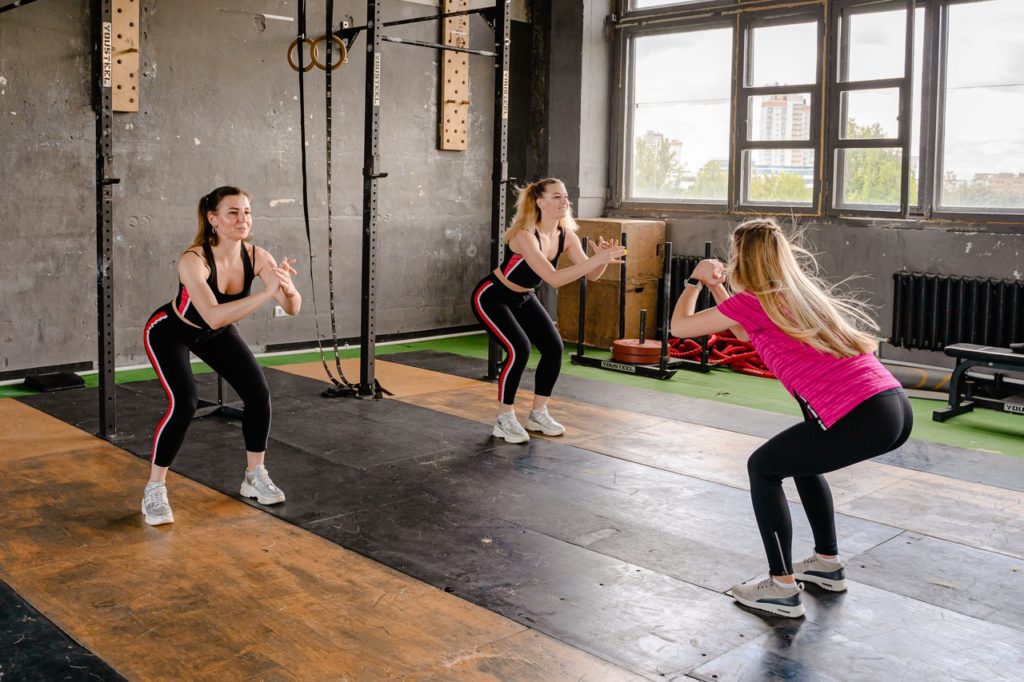
Don’t underestimate the effectiveness of bodyweight squats. These are the quintessential quad exercise; simple to perform, can be done anywhere, anytime, and with no equipment.
So as not to squat too deeply, I perform these standing feet hip-width apart and about 6 inches in front of a chair. I lower myself enough to tap my butt on the seat and push myself upwards through my heels. I have to focus on initiating the standing movement by contracting my quad muscle and not let my momentum push me up.
Romanian Dead Lift: (15-pound kettle bell, 3 sets of 10)
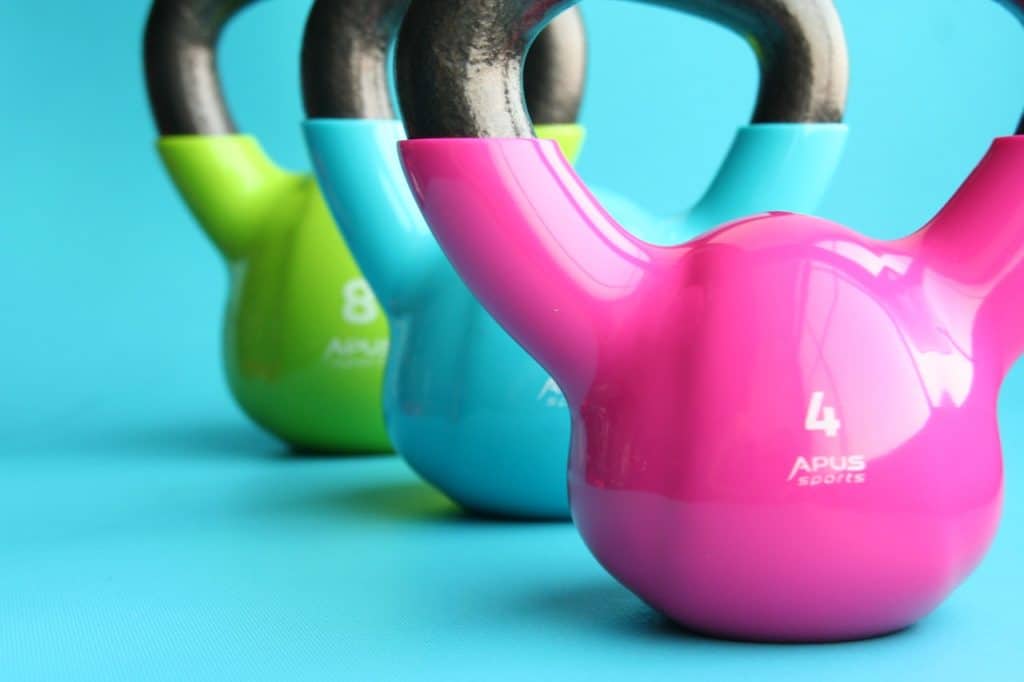
I think I squealed with excitement when my physical therapist introduced these into the routine. These are a favorite of mine because of the sheer power. Sarah, my PT, initially brought over a small 3-pound kettlebell. The look on my face, even with a mask on, must have been such that she said, “I’ll go get a heavier one.” She came back with a 10 and a 15 pounder.
Romanian deadlifts (RDL) are often confused with traditional deadlifts, yet the mechanics are very different. With RDL, you start in a standing position, legs straight. Hinging from the hips, you lower the weight to about mid-calf level, letting the knees bend slightly and pushing the hips back. The focus is on the glute and hamstrings, so it’s important to push the hips back while lowering the weight, contract the hamstrings, and push the hips forward by contracting the glutes on the way up.
I performed 1 set with the 10-pounder, then asked for the 15. These felt wonderful…and easy to do. I easily could have gone heavier, but keeping good form and working slowly through the full range of motion is what is important.
Hamstring Bridges: (exercise ball, 3 sets of 10)
These are the exercises I skip over at the gym in favor of heavier weighted hamstring exercises. Now that I’m starting from scratch, I’m embracing their simplicity.
Laying on my back, my heels are resting on top of a 55cm exercise ball, slightly less than hip-distance apart. Pushing my heels down into the exercise ball, I contract my hamstrings and push my hips upwards. I end the move by slowly lower myself down. Controlling my foot positioning on the exercise ball is key so that it doesn’t roll to one side or another.
Single-Leg Glute Bridges (bodyweight, 3 sets of 10)
I once had a personal trainer that had me performing many glute exercises. I thought it was because, hereditarily speaking, I have a flat butt. In reading more about glute strength, I recognize how important it truly is for a multitude of reasons. Strong glutes support balance, proper pelvic alignment, help prevent low back pain, and yes – even help prevent knee injury.
Laying on my back with my knees bent, both heels as close to my butt as my injured knee will allow, I push through my heels and push my hips upward. At the top of the movement, I extend my good leg and push the heel of my bag leg into the floor so as not to have my hips drop. With one leg still extended, I slowly lower myself down and bring the straight leg back to its bent starting position.
Single-Leg Balancing (weighted TheraBand ball, 3 sets of 15)
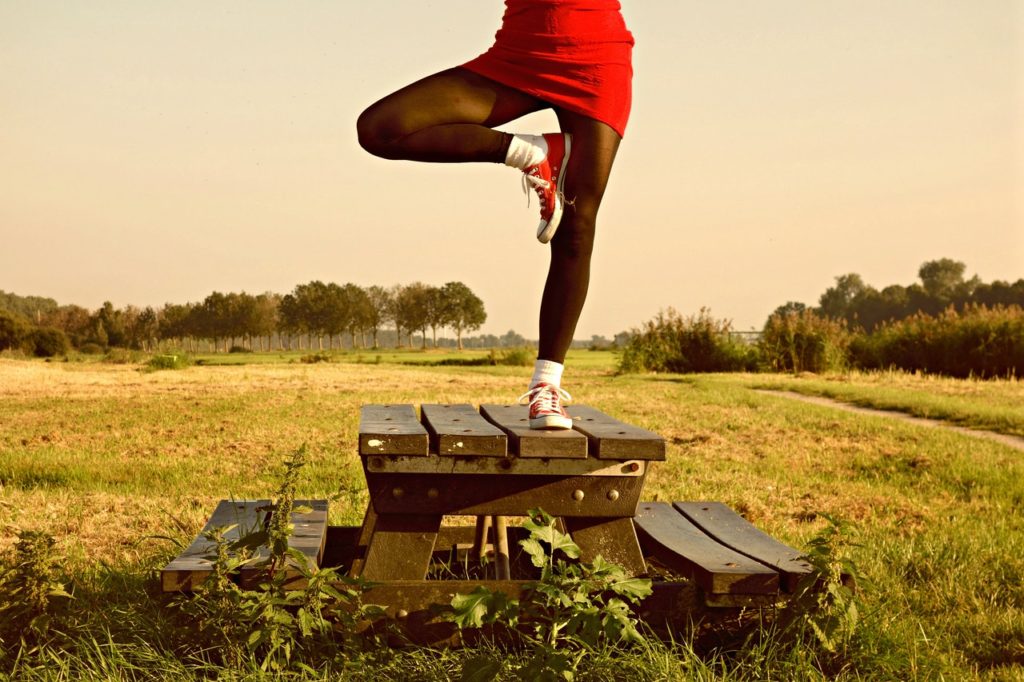
Years of yoga and lower body strength training means I have really good balance. In fact, my PT discarded some of the initial balancing exercises because I performed them quite easily. Of course, the easy exercises don’t help my progression.
Single-leg balancing sounds easy enough, but when you’re standing with your weakened leg on two stacked 3” thick stiff foam pads and have to throw a soft weighted TheraBand ball at a rebounder net, it’s a little more challenging. This requires me to really concentrate on the mechanics of my body and all the muscles I need to engage to maintain my balance, throw and catch a ball.
With a slight bend in my knees to lower my center of gravity, my focus is on my adductor and abductor muscles to keep me from wobbling and the strength in my quad, glutes, and hamstrings to maintain the bend while throwing. That’s a lot to focus on, and it’s tough.
I have not mastered this exercise; I wobble – a LOT. More than once in all three sets, I regroup by touching my left foot down and regaining my balance.
Seated Single-Leg Extension: (5-pound ankle weight, 3 sets of 10)
Many physical therapists shun seated leg extension machines for good reason. They place a lot of pressure on the back of the knee cap, where the cartilage is the thinnest. When you’re using those machines to move a lot of weight, the pressure is more intense.
However, when using a lighter weight, this is an excellent strengthening exercise that targets multiple quad muscles. The vastus muscles give the leg it’s sculpted shape on either side of the knee, while the rectus femoris gives it that bubble shape on top of your leg.
With a 5-pound ankle weight strapped on and in a seated position on a surface that allows an unencumbered full range of motion, I lift and lower my leg in a controlled fashion. Considering I started with a 2-pound ankle weight, I’m happy to be moving heavier weight as I gain strength.
8” Single-Leg Step Up: (bodyweight, 3 sets of 10)
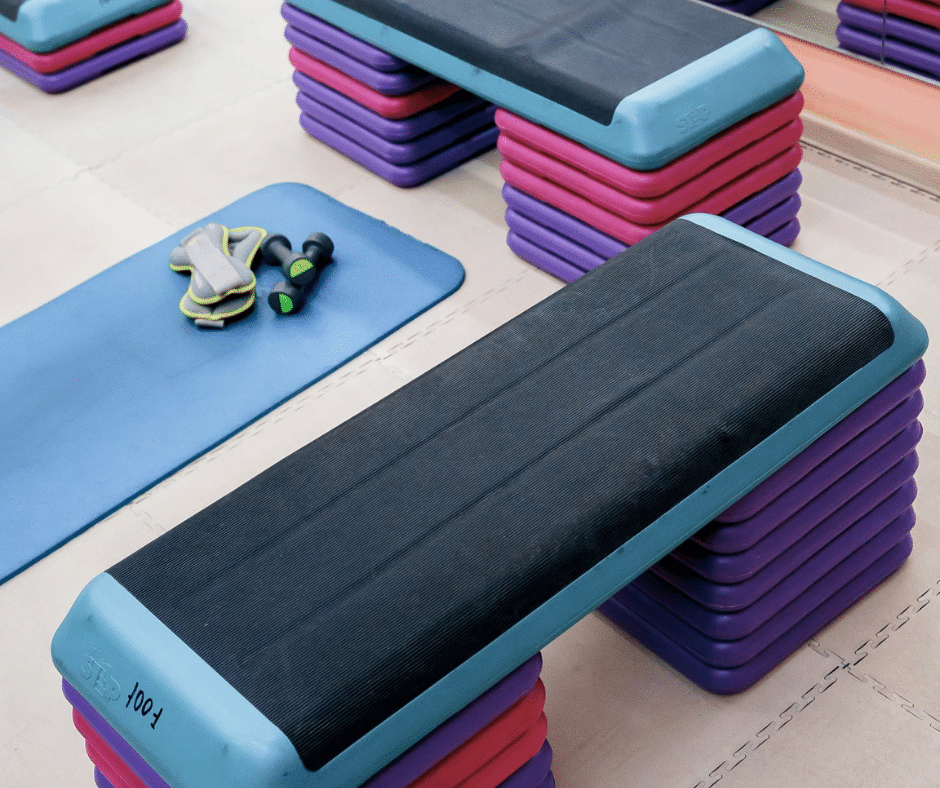
Again, another exercise that mimics what I did in the gym. It took some work to get to the 8” inch step up mark; I started at 2”. Not a big difference in inches, but a world of difference in how it feels on my knee. And even now, I’m required to use a pole to maintain my balance.
Just as with traditional step-ups, I step onto the platform using my right leg, ensuring that my knee is not rotating inward. It’s a concentrated effort to make sure I’m engaging my quad and not pushing off with the balance pole or using momentum to propel my step up.
More importantly, is slowly controlling the step down. Slow is the key here, and it makes a difference. This forces me to make sure my foot placement is safe and effective.
Cutting Blood Flow to my Quad – On Purpose
Some of these exercises, such as the squats, glute bridge, and leg extension, are done using the BFR or Blood Flow Restriction machine. The BFR was amusing at first but is now my nemesis.
I described what a BRF is in my previous article, but think of it as a giant blood pressure cuff that’s inflated around your limb (in this case, my quad). It’s left inflated as tight as it will go so that you can do a series of exercises. Exercises using the BRF are done in a single set of 40 reps, then 3 sets of 15 reps, with a 30-sec rest between sets. No, the cuff does not deflate during that rest. The most I can do during this rest period is try to control my breathing to calm myself down and not feel so much discomfort. At the end, I want to throw up. It’s not the exercises that hurt; it’s the compression.
Thankfully there’s a prescribed time limit that a limb can safely be constricted. The machine will automatically deflate when it hits that limit, which in some cases occurs before I’ve completed the reps in my last round of exercises. This has happened with the single-leg step-ups and the single-leg glute bridges.
Nothing Feels Normal
With every new exercise and after each exercise, Sarah asks, “How does that feel?” or “How do you feel?”. There is no pain (and never has been), and these exercises don’t hurt my knee (if they do, we stop immediately). However, everything feels weird and different. Not at all like how my knee used to feel.
Movements feel like they ‘stick,’ or I feel pressure in various places around my knee cap. There’s clicking and popping and snapping, and I’m told it’s all normal and not at all unusual. It’s still not normal for me, and as a result, I’m probably a little more cautious with the movements.
Timing is Everything
Over the years, I grew to be a morning exercise person. Even now, I still get up at 4:30 am because that was my daily schedule.
With working full time, I have to schedule my PT sessions when time allows. In some cases, I have the flexibility for an a.m. or noon session, but in most cases, it’s after work. On one occasion, the only available spot was 7 pm. Since I’m always up super early, I’m usually ready for bed by 7:30 pm. Needless to say, that 7 pm session was not my best.
A Long Way to Go
I still have a very long way to go until I’m back to where I was before the injury and the surgery. After all, I am only 2 months into a 9-month recovery period.
I put on a pair of jeans the other day, and while I was seated in my car, I noticed that my right quad doesn’t have nearly the muscle definition that my left quad does. Even as I sit here typing with my leg bouncing up and down, I feel my hamstring jiggle. Jiggle? Yeah, jiggle.
I walk with a slight limp and notice that my right leg doesn’t hyperextend, or kick out, when I walk, which means my gait still needs a lot of attention.
Still, I take the little wins. At every PT session, I can bend my leg a little more. I’m up to 155 degrees right now. This past week, I graduated to the elliptical machine for a 10-minute warm-up.
I play full out at every session. Frankly it’s me against me, and I can either let myself lose or win.
I chose to win.
